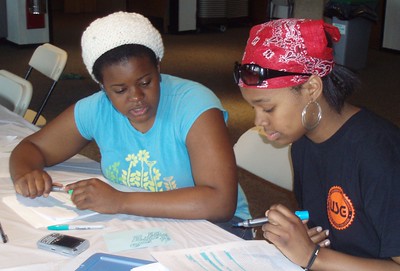A new Gallup poll of more than 12,000 adults between the ages of 18 and 59 gives higher education institutions reason for optimism. On the other hand, it also highlights concerns about the prospects for minority students who are already enrolled in academic programs.
Among never-enrolled adults, the survey revealed that nearly half of respondents said that at some point, they had thought about enrolling in higher education institutions that offer some type of credential, including bachelor’s degrees, associate degrees, non-degree certificates, and industry certifications. That represents a small increase over the number of respondents who answered similarly in 2021.
Additionally, 36% of this respondent group said that they had recently thought about enrolling in a post-secondary program of some type. In 2023, more never-enrolled women (47%) said they had recently considered enrolling than never enrolled women in the 2021 survey (41%). The number of Black and Hispanic never-enrolled students who are considering enrollment has increased over 2021.
Among never-enrolled students, the most appealing educational pathways to a post-secondary credential are associate degrees and short-term credentials. The most-often cited barriers to enrollment are financial in nature. These include the direct cost of attendance, rising costs, and the need to work/the inability to give up work time for school.
These findings are all very encouraging for post-secondary schools that hope to increase their enrollment. While these never-enrolled students cite money and time as obvious barriers, merely thinking about enrollment is also a barrier. The fact that they’ve thought positively about enrollment may increase the likelihood that they will follow through on this option. Those who have never considered enrollment are less likely to shift their perspective on post-secondary education.
Higher education institutions have much work to do
These populations all represent fertile ground for recruitment, the news is not as good for students who have already enrolled. For example, approximately half of all enrolled Latino students have considered dropping out of school. Nearly half of all currently enrolled Black students indicated that they have considered dropping out in the previous six months. The numbers for these two groups increased between the 2021 and 2023 surveys. This indicates that it is becoming harder for these students to justify remaining enrolled.
It is likely easier to retain students who are already enrolled than it is to find new students to replace those who leave school. Schools with low graduation rates – like community colleges – need to find ways to identify students who are struggling or who are considering leaving school. Finding ways to support these students and help them overcome the challenges that make them consider leaving school is core to increasing the graduation rate.
Photo Credit: Mike Cardus, via Flickr




























